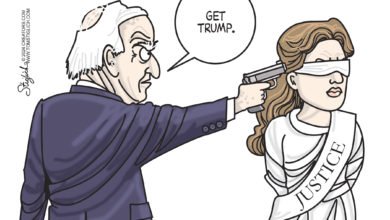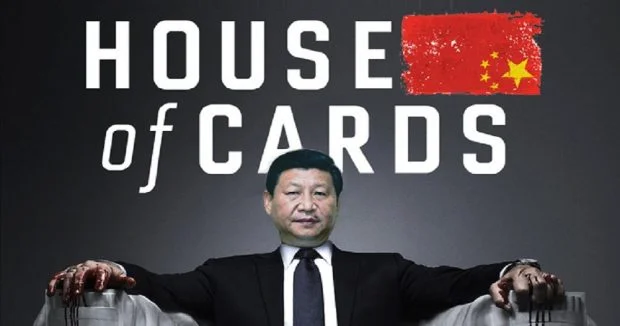What Can the History of Online Campaign Fundraising Tell us About 2020?
Over the past few election cycles, it has gradually become more obvious that digital fundraising was going to become the new go-to campaign finance source. That’s why Donald Trump pushed his team to get an early head start at online fundraising for the 2020 campaign. Beginning right after his inauguration, the massive online campaign began and has since netted a total ofover $192 million worth of the much-desired online ‘small-dollar’ donations from supporters.
That early head start has allowed the campaign to maintain a fundraising lead on challenger Joe Biden’s campaign that stands at over $30 million at the time of this writing. But no matter which side of the ledger you look at, it’s clear that we’ve entered a whole new era of political fundraising that’s shifting the power to make change back to the little guy. What remains to be seen is what effect that’s going to have on the national political complexion, and in particular, the 2020 presidential election.
To try and tease out some answers, it’s useful to start at the beginning of the digital campaign phenomenon. And although candidates at the local and national level had used the internet in limited ways and with varying degrees of success since the late 1990s, the roots of today’s campaigns go back to 2004. That’s when a little-known Vermont governor named Howard Dean rode a wave of internet populism to within an eyelash of the Democratic presidential nomination.
Unlike any candidate before him, he exploited the new medium to the tune of around $20 million in total donations. That figure came close to eclipsing the money he raised through conventional means, and it opened quite a few eyes. One person who surely noticed was the then just-elected Illinois senator Barack Obama, who went on to hire several of Dean’s operatives to build an online fundraising machine that went on to overwhelm both John McCain and Mitt Romney in successive elections.
That brings us to 2016, when another Vermonter named Bernie Sanders, an avowed ‘democratic socialist’, almost bested Hillary Clinton for the Democratic nomination, despite her monumental large-donor fundraising advantage. Of course, nobody expected what would come next.
In the general election, Donald Trump shocked the world by winning the presidency after almost everyone – including a significant chunk of his own party’s establishment – had all but left his campaign for dead. But anyone who had been watching the online fundraising operations of the two campaigns shouldn’t have been surprised. In total, Trump’s campaign had raised a staggering $238.6 million online from small donors.
That figure had not only bested Obama’s biggest online fundraising haul but was more than what Clinton and Sanders had raised online combined. It was an indication that the campaign had significant and widespread grassroots support, which proved decisive at the ballot box that November. Now, with 100 days left to go in his reelection campaign, Trump is less than $50 million away from eclipsing his 2016 campaign’s small-donor performance. If past is prologue, that’s going to leave him in a decent position come election day.
The trouble is, for all of the talk of the supposed ‘enthusiasm gap‘ that the Trump campaign claims reflects a different voter landscape than many polls seem to indicate, the small donor numbers tell a different story. That’s because while Trump still has that $30 million small-donor lead on Biden, the gap is slowly beginning to close. And that’s not the only ominous sign for Trump.
There’s also the difference in time scale. While Trump began online fundraising for 2020 early, Biden didn’t begin in earnest until around April of 2019. And he got off to an abysmal start. As recently as January, Biden lagged behind his Democratic primary rivals in online fundraising and was still light-years behind Trump. That means the bulk of the gap between the two presidential candidates has disappeared in under six months.
Now, it’s possible to believe that the Trump campaign has simply tapped out its small donors by soliciting funding for consecutive years, while Biden still has supporters to reach. That, however, is the crux of the issue. If you assume that online small-dollar donations are a barometer for voter sentiment, then Biden may not have the kind of enthusiasm gap that Trump is counting on to win. And, even if that’s not the case, the fundraising totals reflect a much closer race than either man is likely comfortable with.
The takeaway from all of this is simple. No candidate in the past three cycles has lost after pulling in more small-dollar donations than their opponent. It’s what carried Obama to two consecutive terms, and what allowed Trump to best Hillary Clinton in 2016. Right now, the numbers still reflect a Trump advantage. But with the clock ticking down, it’s a lead that’s evaporating fast. That means we’re about to get another electoral test of the power of the new online fundraising paradigm and find out if it’s going to stand as the new most useful predictor of a candidate’s success – or if what we’ve seen for the last 12 years is little more than an interesting statistical coincidence.




